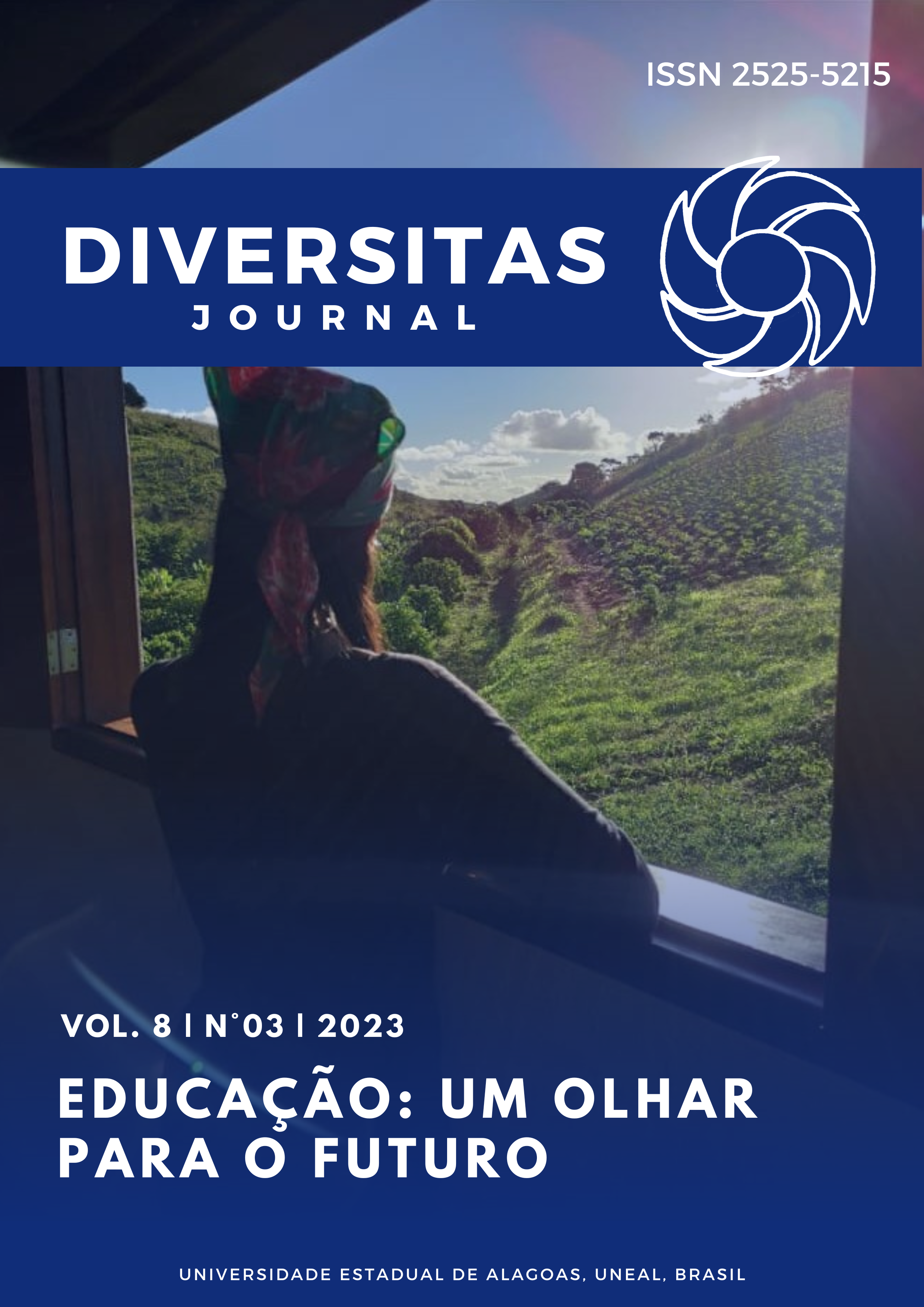Investing in Social Capital
The Ifugao Cultural Practices Builds Bonding, Bridging, and Linking amidst Pandemic
DOI:
https://doi.org/10.48017/dj.v8i3.2690Keywords:
social capital, investment, monetary value, non-monetary value, Ifugao cultural communityAbstract
Social capital is akin to actual capital in that people with more money are typically better off and have easier access to investment opportunities. The purpose of the study is to determine how and why communities in Ifugao continue to invest in social capital in their cultural practices. Ethnography as a qualitative design, is the inquiry used in this study. Participant’s observation, along with interviews and coupled with focus group discussion are the tools used in collecting data. The data gathered were analyzed using thematic analysis. Findings revealed that majority of the performers and participants are above 55 years old, male, married, college graduates, government employees, and have a monthly salary of over 40,000 Php. Most of the attendees to Ifugao birthdays, engagements, weddings, and death wakes perceived that non-monetary benefits were achieved such as strengthening bonds between families and close friends, bridging links with faraway friends, and connecting relationships with other participants. In terms of investment, the wedding has a high cost, high return, and high return monetary value, while death has a low cost and high return monetary value. Ifugao (Tuwali) cultural community invest in social capital strengthen their families, friends, and communities’ bonds, connections, trust, and reciprocity.Metrics
References
Bordieu, P. 1985. Forms of capital: In handbook of theory and research for the sociology of education. ed. John G. Richardson, 241-58. New York: Greenwood Press. https://home.iitk.ac.in/~amman/soc748/bourdieu_forms_of_capital.pdf
Coleman, J. S. 1988. Social capital in the creation of human capital. American Journal of Sociology. 94: 95-120.
Dasgupta, P. 1988. Trust as a commodity. In trust: making and breaking competitive relations. D. Gambetta (Eds). Blackwell, Oxford.
Glaeser, E., et. al., 2002. An economic approach to social capital. The Economic Journal. https://www.academia.edu/54955756/An_Economic_Approach_to_Social_Capital_
Griswold, W. 2013. Cultures and societies in a changing world. SAGE Publications, Inc. https://dx.doi.org/10.4135/9781452240534
Grootaert, C. 2002. Quantitative analysis of social capital data in understanding and measuring social capital: A multidisciplinary tool for practitioners. The World Bank, Washington DC. https://openknowledge.worldbank.org/handle/10986/14098 License: CC BY 3.0 IGO
Grootaert, C. and Bastelaer, T. 2002. Understanding and measuring social capital: A multidisciplinary tool for practitioners. World Bank, Washington D.C. https:// RePEc:wbk:wbpubs:14098
Hampel-Milagrosa, A. 2007. Social capital, ethnicity and decision-making in the Philippine vegetable market. ZEF Discussion Papers on Development Policy, No. 117. University of Bonn, Center for Development Research (ZEF), Bonn. https://doi.org/10.22004/ag.econ.7120
Imbulana A., J., & Managi, S. 2021. The role of social capital in COVID-19 deaths. BMC Public Health 21, 434. https://doi.org/10.1186/s12889-021-10475-8
Narayan, D. 1999. Bonds and bridges: Social capital and poverty. Washington: The World Bank.
Ostrom, E., and Ahn, T. 2001. A social science perspective on social capital: Social capital and collective action. Workshop in Political Theory and Policy Analysis, Indiana University. http://www.indiana.edu/~workshop
Putnam, R. 1993. Making democracy work: Civic traditions in modern italy. Princeton University Press.
Putnam R. 2000. Bowling alone: The collapse and revival of American community. New York: Simon & Schuster. https://www.jstor.org/stable/30026373
Putnam, R. 2001. Social capital: measurement and consequences. Isuma: Canadian Journal of Policy Research. 2, 41-51.
Schuller, T., Baron, S., & Field, J. 2000. Social capital: A review and critique. In Baron et al. (Eds.) Social capital: Critical perspectives. Oxford: Oxford University Press.
Woldehanna, T., et. al., 2022. Social capital as a double-edged sword for sustained poverty escapes in Ethiopia. World Development. Vol. 158. https://doi.org/10.1016/j.worlddev.2022.105969
Woolcock M. 2001, The place of social capital in understanding social and economic outcomes. Isuma, 2 (1). https://www.oecd.org/innovation/research/1824913.pdf
Woolcock M. and Narayan D. 2006. Social capital: implications for development theory, research, and policy revistited. In Bebbington A., Wookcock M., Guggenheim S.E. and Olson E.A. (eds), The Search for Empowerment: Social Capital as Idea and Practice at the World Bank, Bloomfield: Kumarian Press, Inc: 31–62. http://documents.worldbank.org/curated/en/961231468336675195/Social-capital-implications-for-development-theory-research-and-policy
Zerubavel, E. 1997. Social mindscapes: An invitation to cognitive sociology. Cambridge, MA: Harvard Univ. Press. https://www.worldcat.org/title/social-mindscapes-an-invitation-to-cognitive-sociology/oclc/624473030
Downloads
Published
How to Cite
Issue
Section
License
Copyright (c) 2023 Moraya Caclini Pumihic

This work is licensed under a Creative Commons Attribution 4.0 International License.
The Diversitas Journal expresses that the articles are the sole responsibility of the Authors, who are familiar with Brazilian and international legislation.
Articles are peer-reviewed and care should be taken to warn of the possible incidence of plagiarism. However, plagiarism is an indisputable action by the authors.
The violation of copyright is a crime, provided for in article 184 of the Brazilian Penal Code: “Art. 184 Violating copyright and related rights: Penalty - detention, from 3 (three) months to 1 (one) year, or fine. § 1 If the violation consists of total or partial reproduction, for the purpose of direct or indirect profit, by any means or process, of intellectual work, interpretation, performance or phonogram, without the express authorization of the author, the performer, the producer , as the case may be, or whoever represents them: Penalty - imprisonment, from 2 (two) to 4 (four) years, and a fine. ”


















